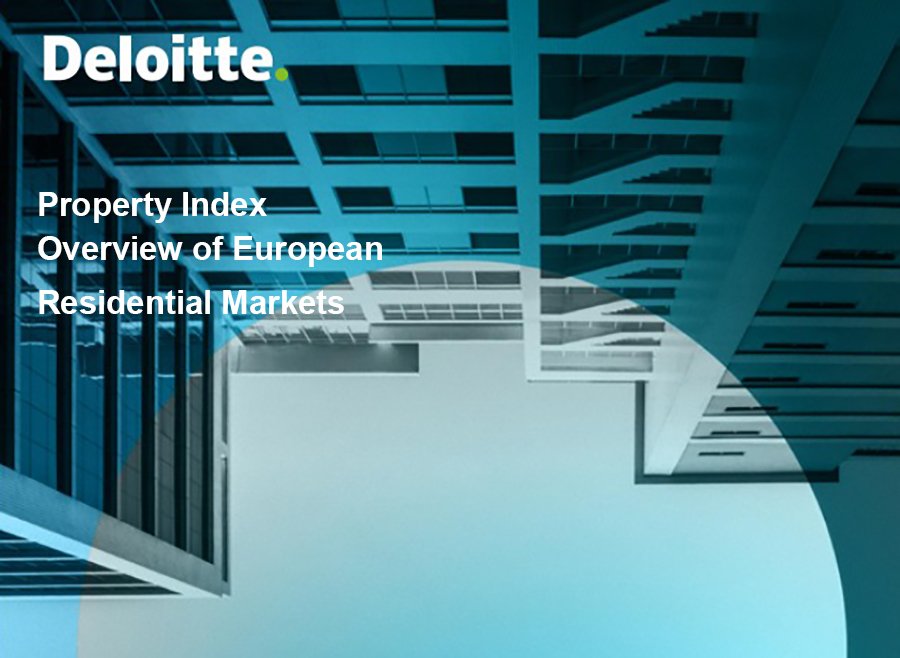читайте также
 How Many Years of Work Does It Take to Buy a Flat in Europe: Deloitte 2025 Data
How Many Years of Work Does It Take to Buy a Flat in Europe: Deloitte 2025 Data
 Hilton Bets on China, Japan, and India — and Eyes Georgia Next: How Global Travel Is Being Redefined
Hilton Bets on China, Japan, and India — and Eyes Georgia Next: How Global Travel Is Being Redefined
 Barcelona Joins Venice, Amsterdam, Kyoto, Hawaii, and Santorini in Raising Tourism Taxes in 2026: What Travelers Need to Know
Barcelona Joins Venice, Amsterdam, Kyoto, Hawaii, and Santorini in Raising Tourism Taxes in 2026: What Travelers Need to Know
 China’s Hotel Construction Pipeline Surges to Record High: Nearly 3,700 Projects Underway
China’s Hotel Construction Pipeline Surges to Record High: Nearly 3,700 Projects Underway
 Oman’s Tourism Surge: Hotels Record Double-Digit Growth in Revenue and Guests in 2025
Oman’s Tourism Surge: Hotels Record Double-Digit Growth in Revenue and Guests in 2025
 Thousands of Passengers Grounded Across Europe as Airlines Face 65 Cancellations and 1,824 Delays
Thousands of Passengers Grounded Across Europe as Airlines Face 65 Cancellations and 1,824 Delays
Вusiness / Real Estate / Investments / Analytics / Research / Germany / Real Estate Germany 01.07.2025
Germany’s Real Estate Investment Market: Cautious Rebound Amid Uncertainty

In the first quarter of 2025, Germany’s real estate investment market showed notable growth after a prolonged stagnation. According to JLL, the transaction volume reached €7.9 billion, marking a 26% increase compared to early 2024.
Experts note this is the strongest figure since 2022 and represents the first quarter in a long time where the office real estate segment again demonstrated positive momentum, both in terms of volume and transaction numbers. Notably, this recovery comes amid a complex economic and political environment in the country.
Volatility in the financial markets has been heightened by the change of government and the new tariff policy in the U.S., as well as early elections in Germany. In March, the European Central Bank cut its rate by 25 basis points, but maintaining an accommodative stance raises doubts given inflationary pressures. The market was expected to recover at the start of 2025 after previous declines, yet new global challenges continue to impact many sectors.
One of the key factors in Germany has been the agreement on the future government’s investment package. Following its announcement, swap rates rose from 2.23% to over 2.5%, later stabilizing around 2.3–2.4%. The program is designed to stimulate the economy over the next 12 years, but rising public spending could increase inflationary pressures. If project implementation is delayed, it may hinder further interest rate reductions. According to Oxford Economics, Germany’s GDP growth is forecast to average 1.8% annually from 2025–2028, reaching 2.6% in 2027. JLL expects the ECB to cut rates twice more, eventually settling at 2%.
Investors face conflicting risks: on one hand, high capital costs and limited leverage; on the other, rental growth in the prime segment is outpacing inflation. This creates opportunities for selective investments in the most resilient asset classes.
The residential segment remains the most in-demand, accounting for €3 billion, or 37% of total investments. This asset class includes not only traditional housing but also student accommodation and specialized housing, including residences for the elderly. According to JLL, this segment continues to see the highest transaction volumes, consistent with previous years when it reliably held the leading market position.
Meanwhile, Global Property Guide reports that housing price growth in Germany is slowing. Over the past year, nominal growth reached 1.93%, but when adjusted for inflation, there was a real decline of 0.35%. Quarterly movements in 2024 showed fluctuations: a 1.13% decrease in Q1, a 0.51% increase in Q2, minimal changes (–0.02%) in Q3, and another rise of 0.29% in Q4. This may indicate a transition from active growth to a stabilization phase. Nonetheless, the same source highlights a persistent housing shortage in Germany—exceeding 800,000 units. In 2024, only 245,000 new apartments were built, far short of the 400,000 target.
The recovery of the office segment is confirmed both in volume and deal count. Office properties accounted for around €2 billion, representing 24% of the quarterly volume. This resembles historical trends where office assets consistently made up around 30% of investment demand. A significant factor was the deal involving the Upper West complex in Berlin, valued in the hundreds of millions of euros. Notably, the number of transactions grew: JLL recorded 56 deals across Germany, significantly higher than in the last two quarters of 2024.
Meanwhile, the logistics segment lost ground, with its share dropping from 27% to 15%, and transaction volume falling to €1.1 billion. This decline is linked to global trade uncertainty and potential supply chain disruptions. However, expanding sectors, including defense, may partially offset weaker industrial demand. Retail is showing signs of recovery, recording €1.3 billion (16% of the total) and stable interest from private investors.
Portfolio transaction volumes in Q1 2025 reached €2.4 billion, doubling 2024 levels. This recovery is primarily driven by stronger activity in the residential sector. Over 70% of portfolio transactions were concentrated in residential assets. Individual deals also grew slightly—by nearly 8%—to €5.5 billion. The resurgence of the portfolio market is significant due to its large transaction sizes. Nearly 30% of all portfolios exceeded €100 million in value.
The regional structure of investment has shifted. In Q1 2025, Germany’s seven largest markets—Berlin, Düsseldorf, Frankfurt, Hamburg, Cologne, Munich, and Stuttgart—saw investment of about €3.1 billion, 8% lower than the previous year. The share of these cities in total transactions declined from 53% to 39%.
The sharpest decline was in Munich (–67%), with only €450 million in transactions. Besides Munich, only Düsseldorf saw a decrease (–8%), while the other five cities recorded growth. The rebound was particularly strong in Berlin (+66%) and Hamburg (+35%). Reduced activity in some areas is partly due to limited availability of high-quality properties. Nonetheless, JLL reports active buyer inquiries and current deal pipelines, suggesting possible recovery in these locations during the second half of the year.
Prime yields across most segments remained stable. Despite growing activity, the market still faces a shortage of so-called “core deals”—prime assets located in central areas with long-term contracts and solid tenants.
Over the past three months, the premium yield spread of real estate investments over long-term government bonds narrowed from 200 to 170 basis points. This has rekindled discussions about whether this investment class should quickly react to short-term interest rate fluctuations.
Experts at Colliers estimate commercial real estate transaction volumes in Germany in Q1 2025 at €5.2 billion, 9% lower than in the same period last year, although the number of transactions rose by 10%. However, their report also notes signs of revival. Analysts highlighted that yields on core assets, especially in the office and logistics segments, remained stable during January–March 2025.
In their report, Colliers mention investor frustration due to rising long-term interest rates and bond yields. However, they expect that, over the year, higher volatility in alternative investments compared to real estate could once again become an argument in favor of property purchases.
JLL analysts predict that competition for top assets will intensify in 2025, particularly in residential, logistics, and grocery-anchored retail segments. Yields could decline by 15–20 basis points. Other segments are expected to stabilize at current levels. Total real estate market transaction volumes are projected at around €40 billion, with residential and office segments once again driving the market.





